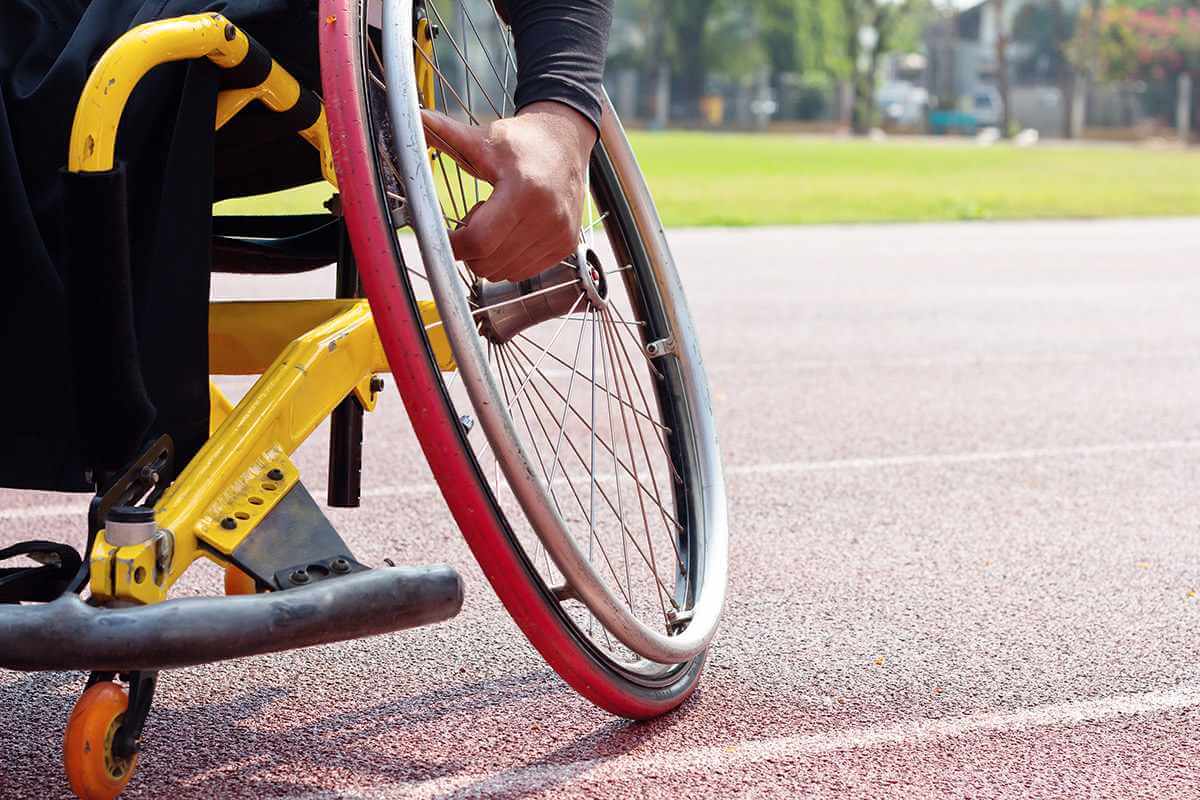
Wheelchair users can should never feel deterred to exercise regularly. Keeping up your fitness is not only great for your physical health, but does wonders for your mind as well! Of course, exercising safely is the most important thing, so use our guide as a starting point for kicking off your fitness journey.
Taking the time to stretch
Taking the time to stretch before and after your workout is very important for wheelchair users. It increases your flexibility and reduces your chances of sustaining an injury during exercise. Factoring stretching into your morning and evening routines will also give you added benefits like reducing muscle tension, increasing your range of movement, increasing blood flow, and increasing your general energy levels.
Types of workouts for wheelchair users
Warming up
As we mentioned before, it’s really important as a wheelchair user to make sure you’re stretching and warming up your body properly before exercising. This is especially necessary if you’re new to exercising or haven’t participated in physical activity for a while. Be sure to warm up your upper body before you start working out with a variety of movements and stretches that activate your arms, back, shoulders and neck.
Cardiovascular exercise
Cardiovascular exercise is a great physical activity option for wheelchair users, and is necessary for keeping your heart and lungs healthy. The aim of cardiovascular exercise is to raise your heart rate enough so that you’re slightly out of breath, but are still able to hold a conversation.
This will be enough to improve your overall fitness level. Depending on your current fitness level, you may want to start with sessions of 10 minutes, and then build up to 20 minute sessions as you progress.
There are many activities for disabled people to participate in that promote cardiovascular fitness. These include assisted swimming, wheelchair sprinting (either in an indoor studio or on an outdoor track) or participating in sports like wheelchair badminton or basketball.
Resistance and strength training
Resistance training for wheelchair users usually involves using large rubber bands to provide resistance during a variety of movements that strengthen the muscles. Strength training for wheelchair users involves using free weights, and also works to strengthen your muscles and improve their performance.
Wheelchair users may often need to focus on the strength of their upper bodies, for which resistance training is a fantastic choice. Take a resistance band and wrap it around a stable object such as a door or a piece of heavy gym equipment. By pulling the band towards you and in a variety of different directions (such as pulldowns, shoulder rotations and arm extensions) you’ll be increasing the strength of your muscles in a comfortable yet challenging way.
To do some strength training, start with a one kilogram or two kilogram dumbbell and gently work your way up in weight as you increase your capacity. Start with easy, slow movements that won’t put any unnecessary strain on your joints. Exercises like hammer curls, shoulder presses and shoulder rotations are all good choices. Three sets of 12 repetitions for each exercise will suffice in increasing your strength and mobility over time.
Safe training for all abilities
Exercise brings many health benefits to all types of bodies, especially those using wheelchairs. By participating in sport and exercise you’ll be strengthening your muscles and making it easier for you to perform your daily tasks. If you’d like to learn more, get in touch with the expert team here at Bailey Fitness to chat with you about getting your health and fitness journey started.

